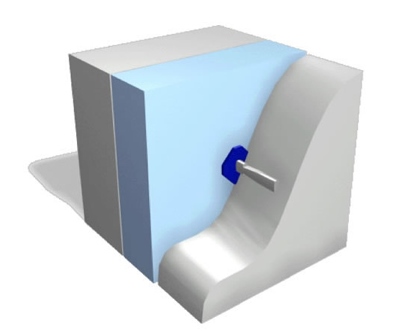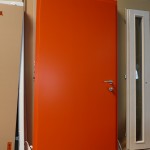I spoke about this in a previous post regarding the high performance home. I am becoming increasingly disillusioned with the possible rating systems. And I am beginning to wonder if it is worth spending my heard earned money to meet what appear to be rather arbitrary standards. And the overall process seems to be painstaking in its detail and appears to be straightforward, but inflexible in the execution.

what rating system is right for me?
Here’s some observations of a few of the green ratings:
LEED – probably the most comprehensive scoring system for both energy efficiency, quality of life issues and social responsibility. Between the HERS index and other points for things like solar panels, they have this area pretty well covered. Testing is required, too, so that’s good. Guidance for issues like water conservation, VOCs, avoiding indoor air contaminants gives this a good “healthy home” foundation. And lastly – points for things like using infill lots and access to public transportation, and even points for an electric car charger add the social responsibility aspect into the mix. Of course with us building a pretty large house on 15 acres, in the country and driving a variety of non-earth friendly vehicles – we’re not racking up the points in those areas.. That being said – while you have to meet prerequisites, you can get your LEED certification by focusing on the areas that are the most meaningful to you. I wish it was as generally recognized as some other programs. It also seems to be the popular “architect’s choice” and is much more popular in commercial building.
National Green Building Standard (ICC 700) touted by the home building professional association as the only standard certified by ANSI (the American National Standards Institute) seems to be a way for the building industry to capitalize on the green bandwagon. My scientific observation that any home that can be certified to a “bronze” level isn’t that green. But – I downloaded the spring template and it’s A LOT like LEED. Everything from site location, solar preparedness, formaldehyde free cabinets and no VOC finishes matches nicely. So while Bronze appears to be an easy deal (you can get Bronze by being Energy Star in their HVAC section) if you did get to Emerald – there’s at least a bunch of paperwork that needs to be submitted. My guess is that this is the preferred certification of the more production builder.
Passive House, or – for the more Euro flair – PassivHaus…. Besides trying unsuccesfully to navigate and understand the Passive House Institute US (PHIUS) and the Passive House Alliance US (PHAUS) differences, so far it’s been painful. Requiring a consultant to pre-approve or at least “pre-score” your project, then to put this project / register it with the proper organization, and also to hire a rater (usually the LEED raters are cross certified – and the stuff they are checking is about 80% overlapped, so it’s not that big of a deal) it’s costly. We started considering Passive House late – mostly because it looked like we were headed towards building something that would meet it – so perhaps the next comment isn’t fair – but we’d hoped that we’d have enough feedback from the initial certification assessment that we could make building decisions (cost benefit, etc) based on the calculations. We’d also hoped that we’d be able to take that info and perhaps help our HVAC contractor best design a system that will perform and keep us comfortable. So far – that’s not happening. And with the cost, if we can’t offset some of that by either savings from not having to hire engineers or other experts in the HVAC field, or perhaps being able to reduce some insulation or switch from using geothermal to going solar and generating more electricity – then it’s going to be hard to justify continuing. It also seems that many just say “built to the Passive House” standard – and don’t go for the full certification – and I wonder if the cumbersome nature of the process isn’t driving that…
Maybe it’s just a brag anyway, since there’s no marketing “value” for us – but I am still searching for the perfect “green” rating…











